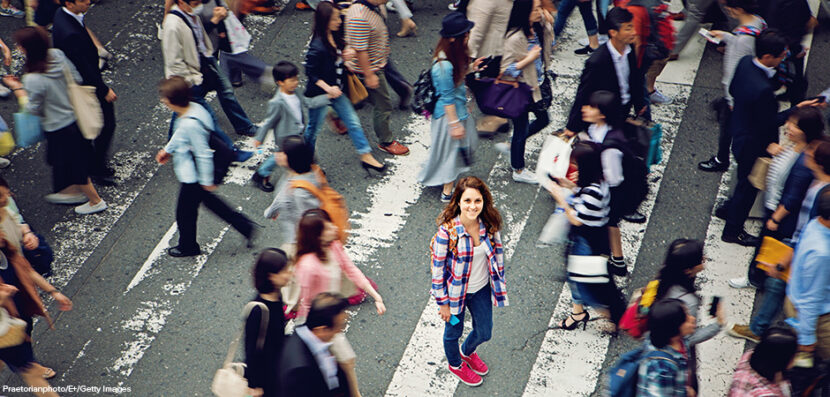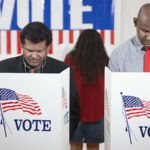- Current Events Nebraska Rejects Winner-Take-All Proposal
- Citizenship Voting Under Age 18
- Citizenship Citizenship in Action
- Democratic Party Biden’s and Trump’s Recent Primary Results
- Elections Trump and Biden Win South Carolina and Michigan Primaries
- Democratic Party Trump and Biden Win Big in Early February Contests
States Begin to Reopen
One of the greatest challenges of the COVID-19 pandemic is that every state has been impacted differently, and as a result, every state has responded in its own unique way. Back in March, while some states were shutting down restaurants, places of worship, and schools, others remained relatively business-as-usual. Now, the “when” and “how” of reopening has become a hotly contested issue in many places. Just like when the shutdown first started, there is again a wide disparity in the approaches different state governors are taking to balance the safety of their constituents with the desire to get back to normal. Here, Election Central examines the approaches that a few states are taking.
Ohio
Ohio, one of the first states to shut down in mid-March and which set an example for much of the nation, has now lifted its stay-at-home order. Residents are now allowed to get a haircut or massage, go to the gym, or dine inside some of their favorite restaurants. Facial coverings are encouraged in public, but not strictly required. Gatherings are limited to ten people or fewer, with social distancing practices and improved sanitation in effect. Childcare and camps can also reopen at the end of May. While Governor Mike DeWine gave permission for public pools to open, many cities and communities have chosen not to do so, due to the increased costs required to maintain higher levels of quarantine sanitation as well as the concerns over threats to public health.
Michigan
One of the states featured often in the news lately has been Michigan, where armed protestors stormed the statehouse to demand that the state reopen. Legislators were forced to wear bulletproof vests to session for their own protection, and at one point, the legislative session was even shut down to keep the lawmakers safe. Though the state legislature voted against extending emergency procedures past May 1, Governor Gretchen Whitmer extended them through the end of May via her own executive order. Michiganders are required to wear facial coverings in public places. Restaurants will remain carry-out only through the end of May. Governor Whitmer also issued an executive order temporarily halting evictions, meaning that no one can be kicked out of their homes for being unable to pay their rent or mortgage, and the state’s Department of Health and Human Services is also offering many free mental health services to residents.
Florida
Governor Rick DeSantis received a lot of negative press back in March and April for keeping beaches open and allowing Spring Break activities to continue, despite stay-at-home orders in many other states. Starting at the beginning of May, much of Florida began to reopen. Restaurants now allow indoor seating (at limited capacity), though bars and nightclubs remain closed. Amusement parks, gyms, places of worship, museums, and libraries are all permitted to operate at limited capacity as well. People using public beaches are instructed to keep gatherings to ten-person maximums, though crowded Florida beaches are often seen in the news. Short-term rentals are still off-limits, and anyone entering Florida from another state must self-quarantine for a minimum of fourteen days.
Texas
Governor Greg Abbot began reopening the state by phases on May 1. Currently, restaurants are open and allowed to operate at 50 percent capacity. Gyms, movie theaters, shopping venues, state parks, and other public places are open with additional safety rules and restrictions in place. However, the number of coronavirus cases is spiking in some Texas counties, and as a result those places have decided to delay further reopening for the time being. A fourteen-day mandatory self-quarantine remains in place for visitors from other high-risk states, and Texans are encouraged to minimize social gatherings.
New York
For a long time, New York was the hotbed of the coronavirus, with infection rates spiking far higher than any other place in the country. Governor Andrew Cuomo is continuing the “New York State on Pause” program, instructing nonessential workers to stay home and nonessential businesses to remain closed. However, some “low risk” outdoor activities are now allowed to take place, such as gardening, non-contact sports like tennis, and drive-in movie theaters. All nonessential gatherings are still banned, regardless of size or reason, and everyone is required to wear a face mask in public. New Yorkers who violate social distancing rules are charged with a fine of up to $1,000.



